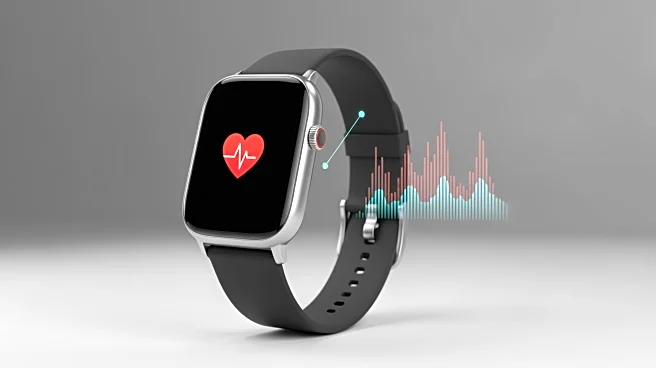What's Happening?
A study has demonstrated the effectiveness of hybrid stroke quality indicators by integrating the National Institutes of Health Stroke Scale (NIHSS) with claims data to improve outcome prediction. The
inclusion of NIHSS as a proxy for stroke severity significantly enhanced model performance for key outcomes, particularly 30-day mortality. The study highlights the value of combining clinical severity data with claims data in quality assessment, although challenges remain due to limited availability of NIHSS data across hospitals. The study found that using claims data alone may misrepresent hospital performance, underscoring the importance of including clinical parameters in quality assessments. The integration of NIHSS data provides a methodological advantage, but practical challenges exist in implementing hybrid indicators in real-world settings.
Why It's Important?
The integration of clinical severity data into claims data-based models offers a significant improvement in predicting patient outcomes, particularly in stroke care. This approach can lead to more accurate assessments of hospital performance and better resource allocation in healthcare. By improving risk adjustment, hybrid indicators can reduce misclassification of hospital performance, enabling more efficient comparisons and supporting quality improvement efforts. The study suggests that hybrid indicators could inform preventive strategies and foster more integrated models of stroke care, ultimately contributing to cost efficiency and enhanced patient care.
What's Next?
Future work may explore expanding hybrid indicators to include additional clinical data, potentially integrating digital health tools to streamline data collection. Policy adjustments may be required to support consistent, quality-driven data collection across institutions. Hospitals might need to enhance their data collection systems and cooperation to implement hybrid indicators effectively. The study suggests that legal requirements for providing data on stroke severity could improve comparability of quality care between hospitals, leading to more comprehensive and reliable quality assessments.
Beyond the Headlines
Hybrid quality indicators may have important economic and preventive implications. More precise risk adjustment can guide efficient allocation of healthcare resources and support quality improvement. The reduction of preventable complications and rehospitalization contributes to cost efficiency. Stroke prevention could be strengthened through systematic comparisons of risk-adjusted outcomes between hospitals, potentially informing more integrated models of stroke care.











